Do you need to fix your clogged sink but don’t know which plunger to use? Could it be that you do not know what to do with them?
A plunger is a plumbing tool that is often used to unclog drains . It consists of a rubber cup attached to a wooden or metal handle. When it is placed on a drain with substantial pressure, the plunger creates a suction or vacuum seal that unclogs the drain when pulled out.

Various plungers are household and industrial grade, including sink plungers, cup plungers, rubber plungers, toilet plungers, etc.
Since most toilet plumbing has a trap-way bend, drains often overflow because of a blockage that remains stuck there . A plunger is designed to clear such blockages with the necessary suction and force.
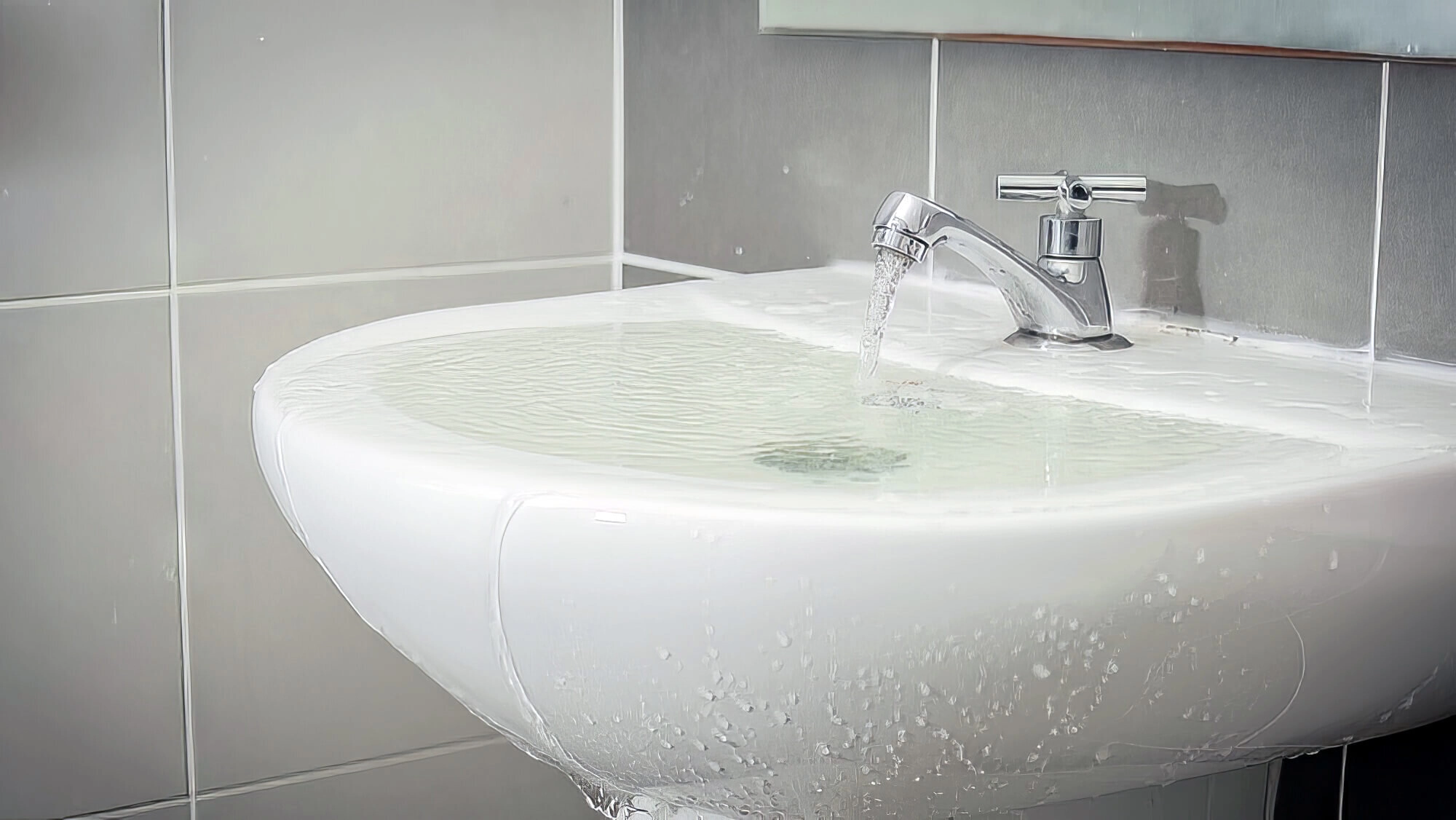
Different Types of Plungers
Being basic household tools, plungers come in different varieties for specific drains and requirements . Knowing the types of plungers available can help you identify your problem and effectively resolve them. However, using the wrong plunger can further aggravate clogs . Here’s a detailed breakdown of these plumbing tools to help you choose the right plunger .
1. Standard Sink Plungers
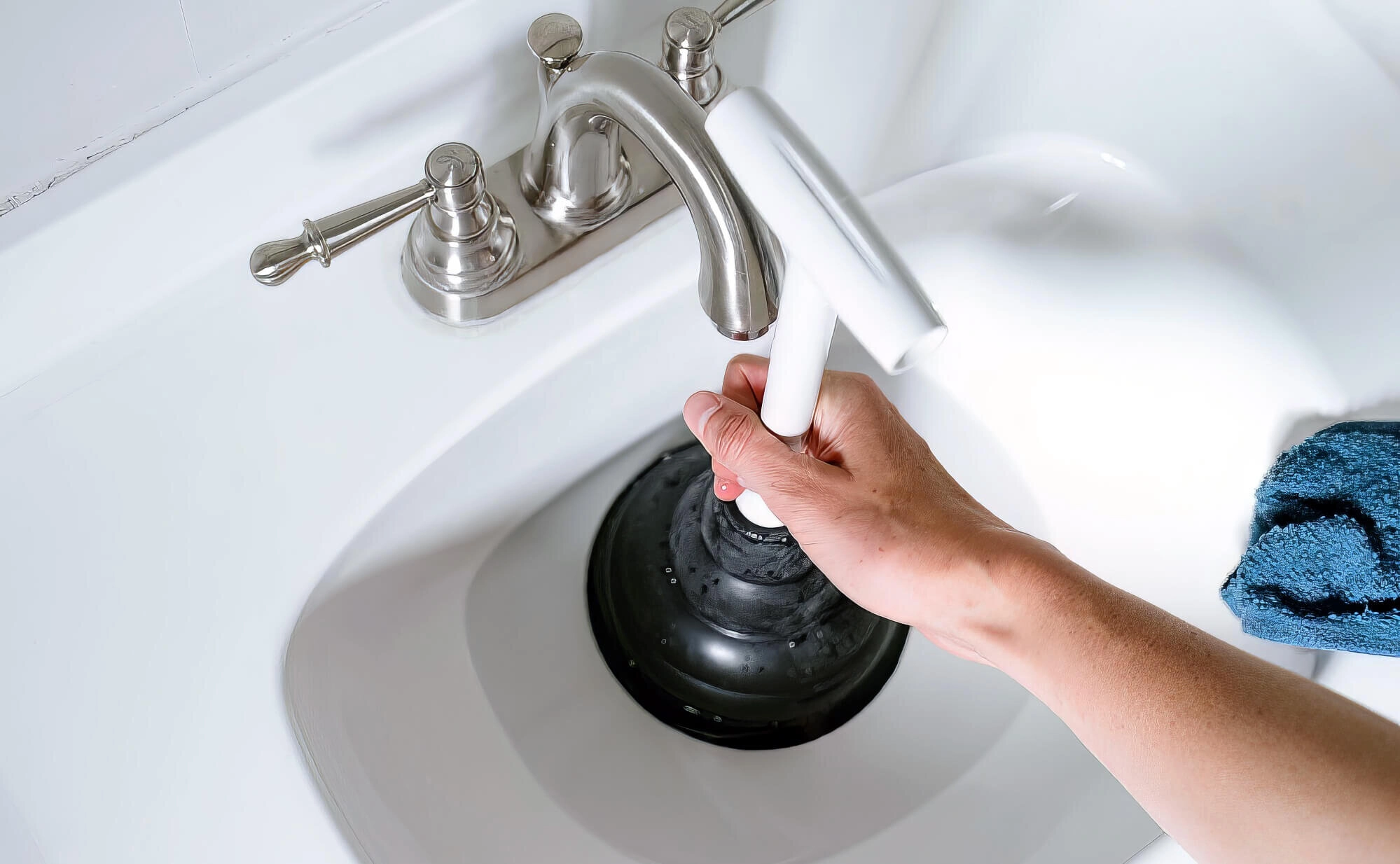
This is the most common plunger type, with a rubber cup attached to a wooden handle. Usually used for a sink, it can only work on a flat surface to create a vacuum seal. When laid flat against the surface, the common sink plunger creates a seal that can dislodge a blockage in the drain .
However, you may need to use more brute force since this sink plunger displaces water in the drain hole in small quantities. You can use this sink plunger in emergencies , but it might be challenging if your toilet bowl has a little curve. For toilets, consider using a toilet plunger, especially if you have a curved toilet drain.
2. Toilet Flange Plunger

A toilet plunger is also common, but its main difference lies in its in-built rubber flap around the plunger cup. The soft rubber flap folded inside the plunger cup snugly fits onto the toilet drain.
Besides clearing a toilet clog, you can also use this flange plunger on the bathroom sink and tub drain to create a seal. However, it is hygienic to use a toilet flange plunger only for the toilet since it can have harmful bacteria and toxic cleaning chemicals.
3. Accordion Plungers
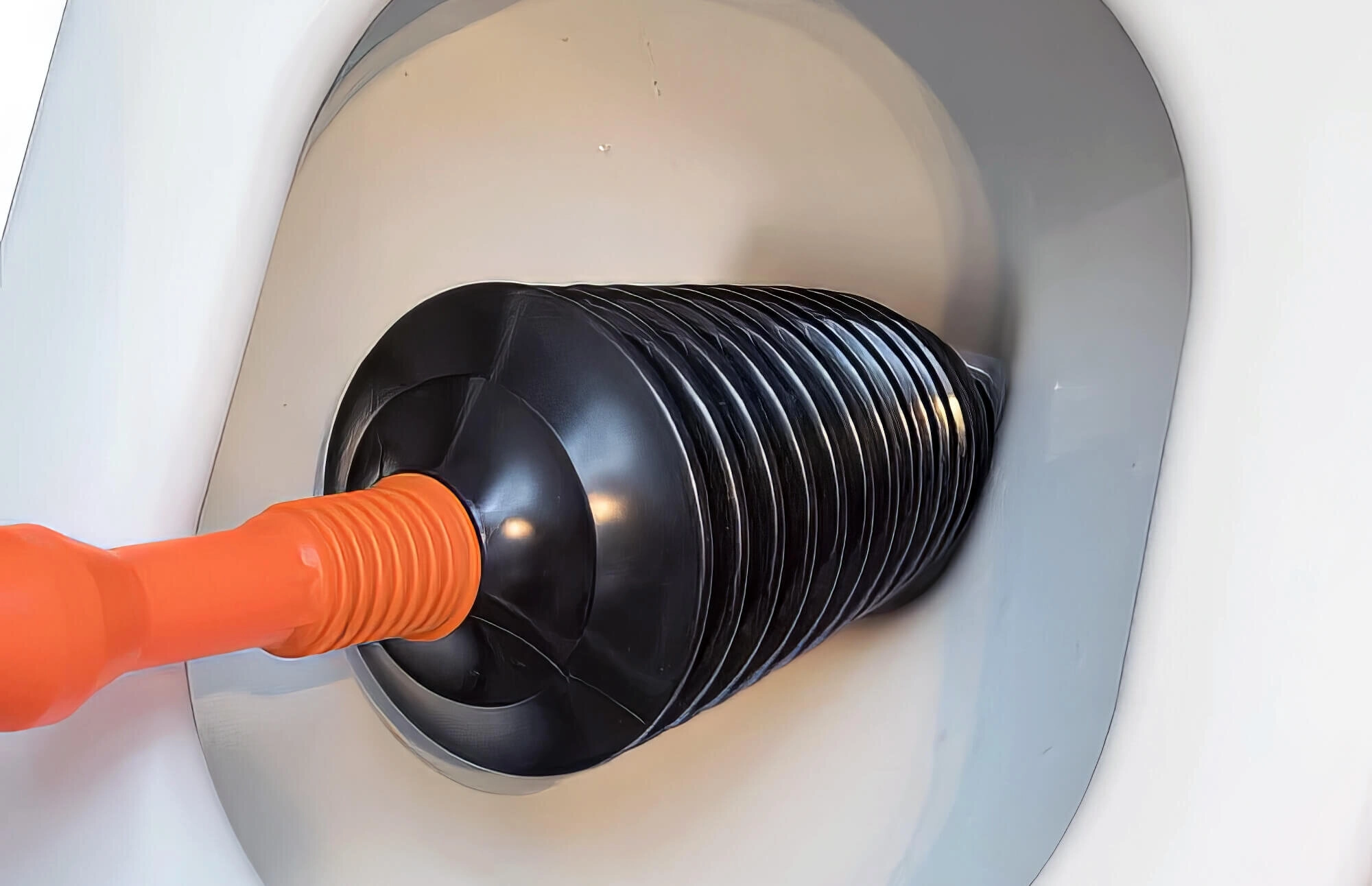
An accordion plunger has unique accordion-like ridges made of a single piece of moulded plastic. This plunger is particularly efficient in removing toilet clogs that are difficult to dislodge since they have a smaller cup.
The ridges in the accordion plunger hold air, which upon compression, creates a powerful vacuum seal that effectively sucks out the clogs. However, an accordion plunger is quite difficult for the average homeowner since it cannot lay flat.
4. Taze Plunger
A taze plunger is not typically used in the household, but plumbers professionally use it. It has a built-in disc to easily fit into large pipes to dislodge clogs. This disc is pushed in by a long steel rod to create suction.
5. Beehive Plungers
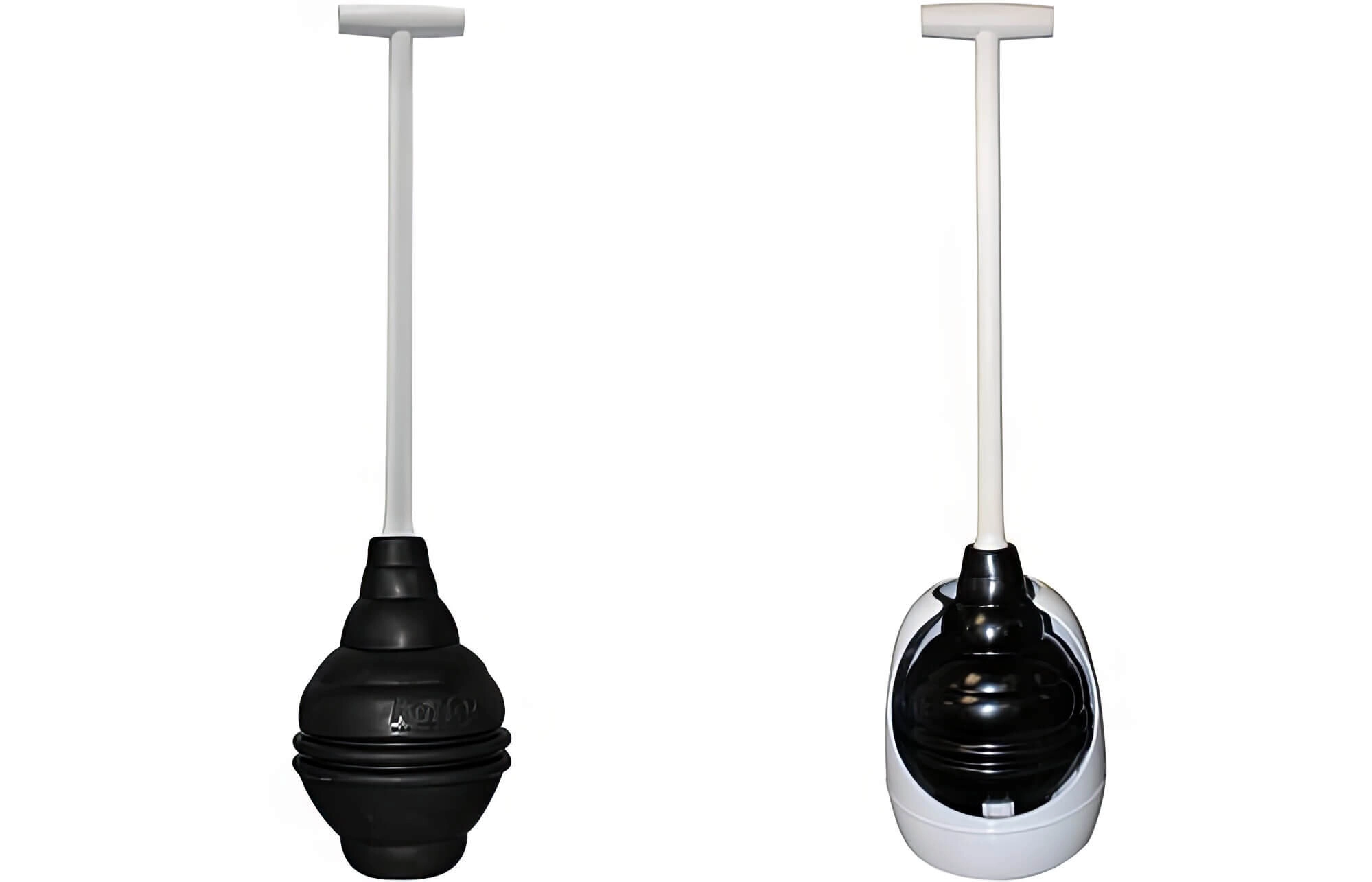
This plunger includes a narrow top and bottom, a wider middle, and a flange. Its narrow flexible tip makes it easy to insert into clogged drains to create an airtight seal.
6. Automatic Toilet Plunger
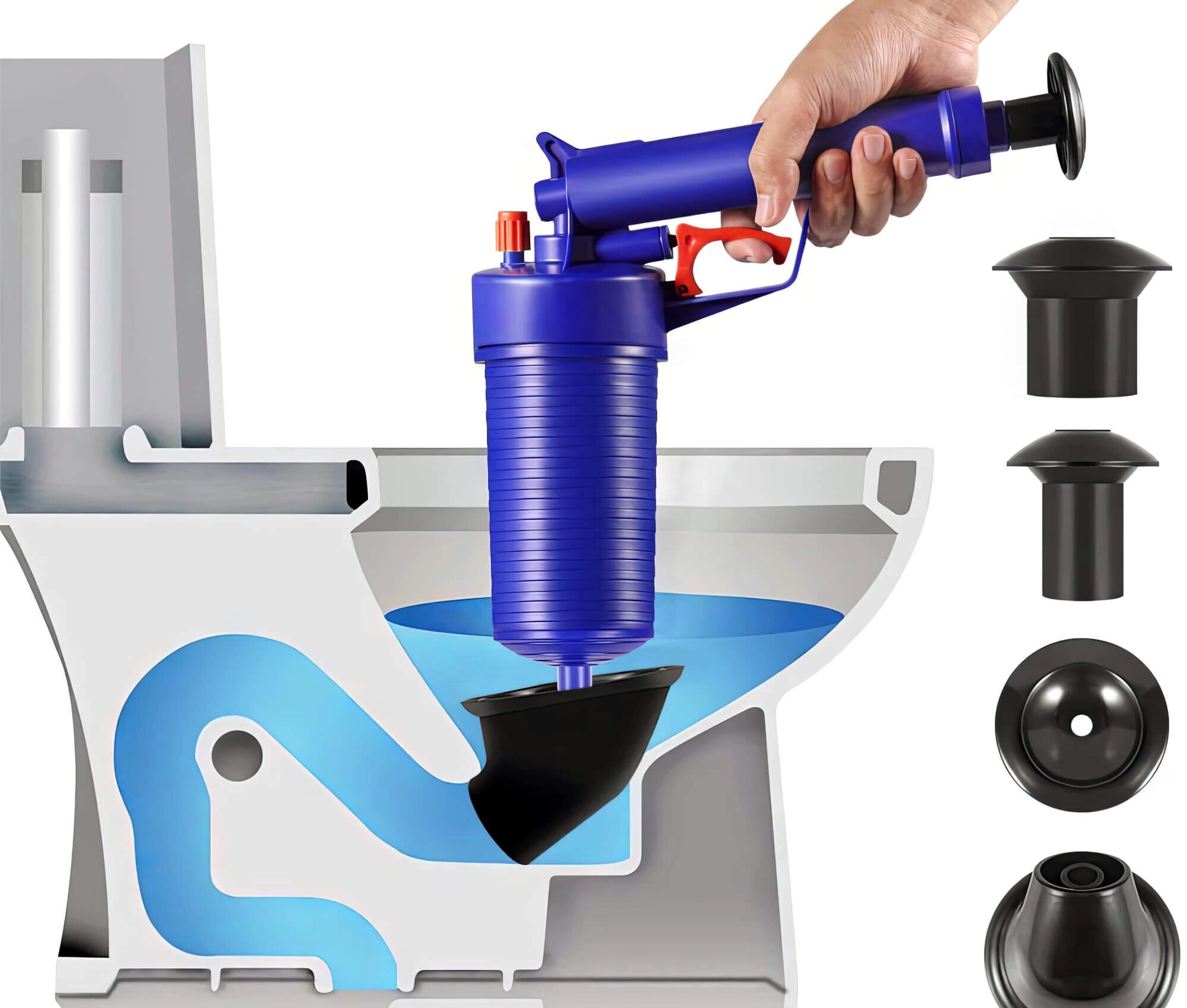
This plunger uses carbon dioxide gas to dislodge clogs. Simply insert the tip into the drain opening and wait for it to release the gas. It is very effective to unclog drain clogs , but it requires separate CO2 canisters.
How To Use A Plunger
1. Find The Correct Plunger
Choose and purchase the plunger that best suits your requirements using the above guide. For example, use cup plungers for sinks and flange plungers for unclogging toilets .
2. Plunge At Right Angles
Remember to plunge up and down at a vertical angle by holding the plunger straight. Plunging at different angles without proper force can create a poor vacuum seal in several cases.
3. Create Suction
Slowly pressing down the cup or fold-out flap onto the flat surface can push out the air to create a proper seal.
4. Submerge Plunger
Enough water should cover the plunger cup to create a seal effectively. If your plunger is not submerged, add more water to the toilet bowl or concerned area.
5. Always Maintain Your Plunger
Problems like improper seals or loss of pressure can arise from the lack of maintenance. Ensure that the cup or soft rubber flap does not suffer wear and tear. Additionally, always keep the plunger clean and dry to prevent mould, mildew, or cracks.
Plungers: How To Select The Right One
It is essential to be aware of the different types of plungers and how to use them to fix toilet drains in an emergency. However, clearing simple sink clogs is relatively easy, but severe clogs can be challenging since they require serious effort and can increase living discomfort.
Do not worry because Fixed Fast Plumbing Lane Cove offers emergency plumbing services in Sydney without delays. We are known for our affordable plumbing services with excellent customer support for a seamless drainage experience. So, if you need assistance, reach out to our team today !
To learn more about plungers, drain pipes, leaks and clogs, check out the other informational articles on our website.
That said, we’ll be signing off now. Stay safe!